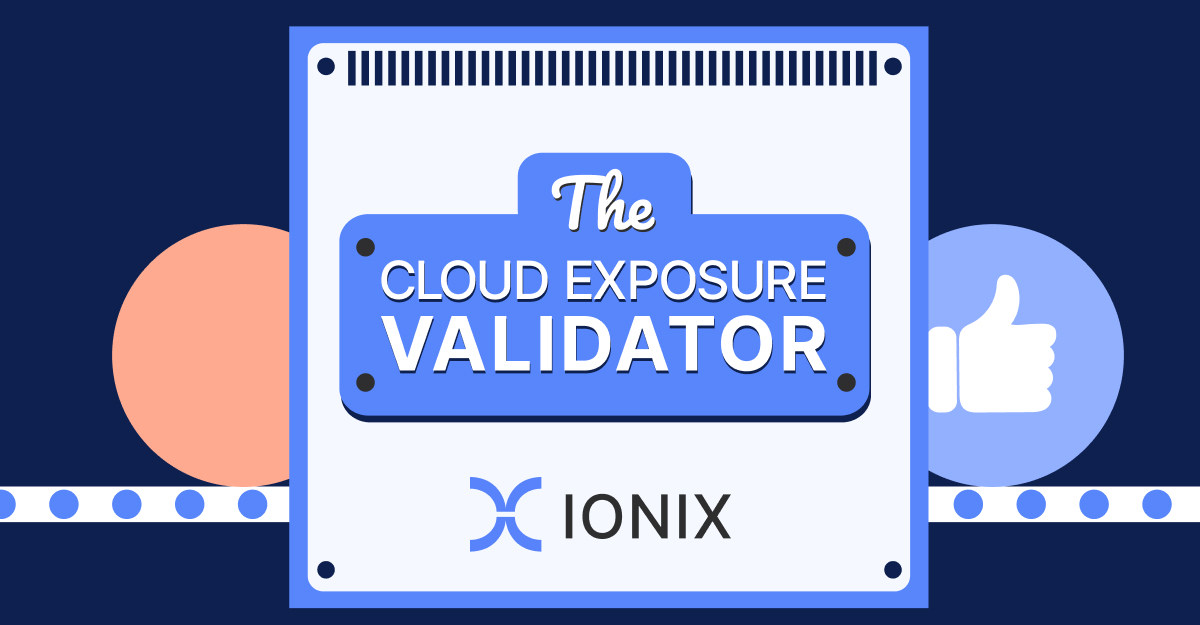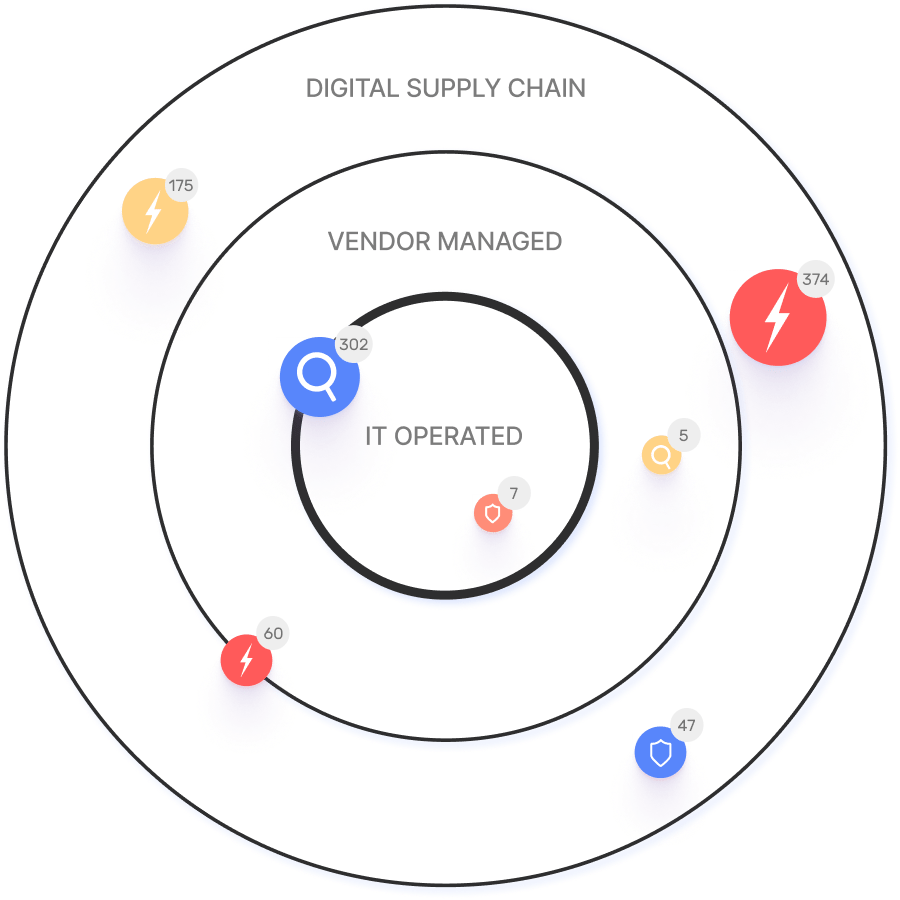Frequently Asked Questions
Product Information & Features
What is an attack surface?
An attack surface is the collection of vulnerabilities, misconfigurations, and entry points that an attacker can exploit to gain access to a system or environment. It includes both external and internal assets, such as websites, applications, APIs, cloud services, hardware, and even employees who may be susceptible to social engineering. Learn more.
What are the types of attack surfaces?
Attack surfaces are categorized into three main types: Digital (websites, applications, APIs, cloud services), Physical (servers, USB drives, hardware), and Social (employees and contractors vulnerable to social engineering attacks). Each type represents different entry points for attackers. Read more.
What components make up an organization's attack surface?
Common components include web apps, APIs, operating systems, cloud resources, workstations, servers, mobile and IoT devices, network infrastructure, employees, contractors, and third-party suppliers. Each component can introduce vulnerabilities or misconfigurations that expand the attack surface. Details here.
What is the difference between an attack surface and an attack vector?
An attack surface refers to all potential entry points an attacker could exploit, while each individual entry point is an attack vector. For example, a website is part of the attack surface, and an SQL injection vulnerability on that website is an attack vector. Learn more.
What is Attack Surface Management (ASM)?
Attack Surface Management (ASM) is the practice of continuously monitoring, discovering, and reducing an organization's attack surface. Key elements include asset discovery, vulnerability assessment, threat prioritization, vulnerability mitigation, and continuous monitoring. ASM helps organizations proactively identify and remediate risks. More info.
What is External Attack Surface Management (EASM)?
External ASM (EASM) focuses on managing and reducing risks associated with an organization's internet-facing assets. It identifies unknown or forgotten assets, detects shadow IT, manages third-party risks, and finds misconfigurations in internet-facing services. Learn more.
Why is understanding the attack surface important?
Understanding your attack surface is crucial for protecting against cyberattacks. Each attack vector identified and remediated reduces the opportunities for attackers to gain access. This increases the difficulty for attackers and lowers the risk of successful breaches. Read more.
What is attack surface monitoring?
Attack surface monitoring is the ongoing practice of tracking changes and new vulnerabilities in an organization's attack surface. It helps maintain visibility into current threats and risks, enabling security teams to focus on managing and mitigating these risks effectively. Learn more.
What best practices help reduce the attack surface?
Best practices include continuous monitoring, implementing least privilege, patching regularly, educating employees, using strong authentication (such as MFA), and managing IT assets with physical protections. These steps help minimize vulnerabilities and reduce risk. See details.
How does IONIX help with attack surface management?
IONIX provides comprehensive visibility into your digital attack surface, asset-centric prioritization of validated attack vectors, and real-time monitoring. Its platform includes features for attack surface discovery, risk assessment, risk prioritization, and risk remediation. IONIX's ML-based Connective Intelligence finds more assets with fewer false positives, and its Threat Exposure Radar helps prioritize urgent security issues. Learn more.
What are the key capabilities and benefits of IONIX?
IONIX offers complete external web footprint discovery, proactive security management, real attack surface visibility, continuous discovery and inventory, and streamlined remediation. These capabilities help organizations improve risk management, reduce mean time to resolution (MTTR), and optimize security operations. More info.
What integrations does IONIX support?
IONIX integrates with tools such as Jira, ServiceNow, Slack, Splunk, Microsoft Sentinel, Palo Alto Cortex/Demisto, and AWS services including AWS Control Tower, AWS PrivateLink, and Amazon SageMaker Models. For a full list, visit IONIX Integrations.
Does IONIX offer an API?
Yes, IONIX provides an API that supports integrations with major platforms like Jira, ServiceNow, Splunk, Cortex XSOAR, and more. Learn more.
Use Cases & Customer Success
Who can benefit from IONIX?
IONIX is designed for Information Security and Cybersecurity VPs, C-level executives, IT managers, and security managers across industries, including Fortune 500 companies. Industries represented in case studies include insurance and financial services, energy, critical infrastructure, IT and technology, and healthcare.
What problems does IONIX solve?
IONIX addresses challenges such as shadow IT, unauthorized projects, fragmented IT environments, lack of attacker-perspective visibility, and maintaining up-to-date inventories in dynamic environments. It helps organizations proactively manage risks, discover all external assets, and prioritize remediation.
Can you share specific case studies or customer success stories?
Yes. For example, E.ON used IONIX to continuously discover and inventory internet-facing assets, Warner Music Group boosted operational efficiency and aligned security operations with business goals, and Grand Canyon Education enhanced security by proactively discovering and remediating vulnerabilities. E.ON Case Study, Warner Music Group Case Study, Grand Canyon Education Case Study.
Who are some of IONIX's customers?
IONIX's customers include Infosys, Warner Music Group, The Telegraph, E.ON, Grand Canyon Education, and a Fortune 500 Insurance Company. See more.
What business impact can customers expect from using IONIX?
Customers can expect improved risk management, operational efficiency, cost savings (reduced mean time to resolution), and enhanced security posture. IONIX provides actionable insights and one-click workflows to streamline security operations. Read more.
Technical Requirements & Implementation
How long does it take to implement IONIX and how easy is it to start?
Initial deployment of IONIX takes about a week and requires only one person to implement and scan the entire network. Customers have access to onboarding resources such as guides, tutorials, webinars, and a dedicated Technical Support Team. Learn more.
What training and technical support is available for IONIX customers?
IONIX offers onboarding resources including guides, tutorials, webinars, and a dedicated Technical Support Team to assist during implementation and adoption. Customers are assigned a dedicated account manager and benefit from regular review meetings. Details here.
What technical documentation does IONIX provide?
IONIX provides technical documentation, guides, datasheets, and case studies on its resources page. Explore resources.
Security & Compliance
What security and compliance certifications does IONIX have?
IONIX is SOC2 compliant and supports companies with NIS-2 and DORA compliance, ensuring robust security measures and regulatory alignment.
How does IONIX address product security and compliance?
IONIX ensures robust security by maintaining SOC2 compliance and supporting NIS-2 and DORA regulatory requirements. This helps organizations align with industry standards and protect sensitive data.
Competition & Differentiation
How does IONIX differ from similar products in the market?
IONIX stands out with ML-based Connective Intelligence for better asset discovery, Threat Exposure Radar for prioritizing critical issues, and comprehensive digital supply chain coverage. It reduces noise, validates risks, and provides actionable insights for maximum risk reduction and operational efficiency. Learn more.
Why should a customer choose IONIX over alternatives?
Customers should choose IONIX for its innovative features, superior asset discovery, focused threat exposure, comprehensive supply chain mapping, and streamlined remediation. IONIX delivers immediate time-to-value, personalized demos, and proven outcomes through real-world case studies. More info.
Guides & Resources
Where can I find guides created by IONIX?
IONIX provides comprehensive guides on cybersecurity topics, tools, and frameworks at https://www.ionix.io/guides/.
What is the purpose of the IONIX Guides section?
The IONIX Guides section offers resources and insights into cybersecurity topics, including Automated Security Control Assessment (ASCA), web application security, exposure management, vulnerability assessments, OWASP Top 10, CIS Controls, and attack surface management. These guides help organizations enhance security posture and implement best practices. Explore guides.
Company Information & Recognition
What key information should customers know about IONIX?
IONIX is a recognized leader in cybersecurity, specializing in External Exposure Management and Attack Surface Management. It was named a leader in the 2025 KuppingerCole ASM Leadership Compass and won the Winter 2023 Digital Innovator Award from Intellyx. IONIX has secured Series A funding to accelerate growth and platform expansion. See details.
What feedback have customers given about IONIX's ease of use?
Customers have rated IONIX as user-friendly and appreciate having a dedicated account manager for smooth communication and support.
What awards and recognition has IONIX received?
IONIX earned top ratings for product innovation, security, functionality, and usability. It was named a leader in the Innovation and Product categories of the ASM Leadership Compass for completeness of vision and customer-oriented approach. See press release.




